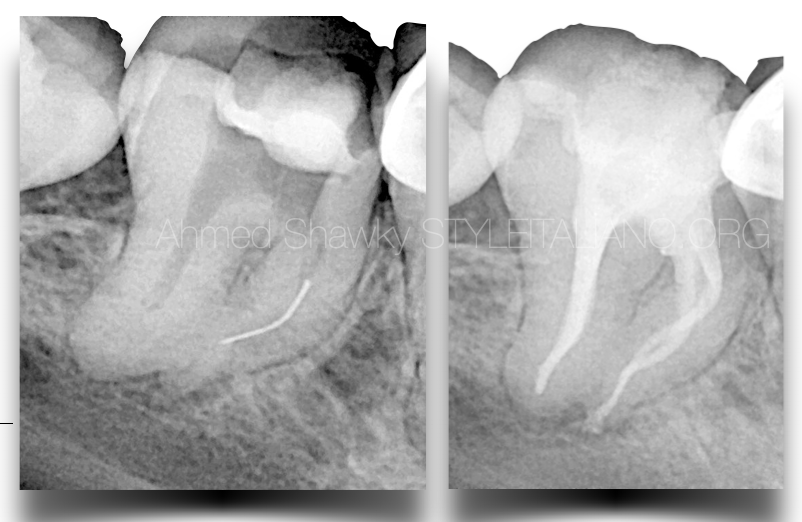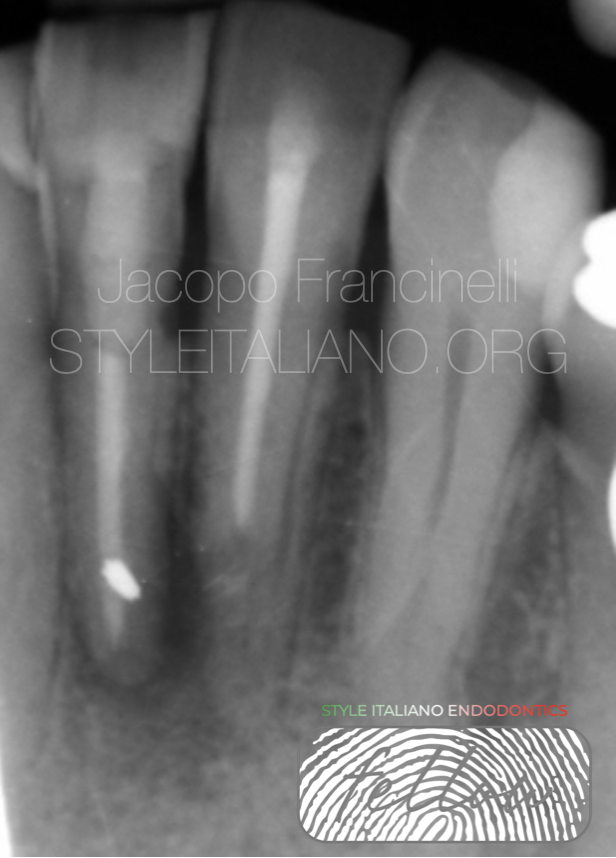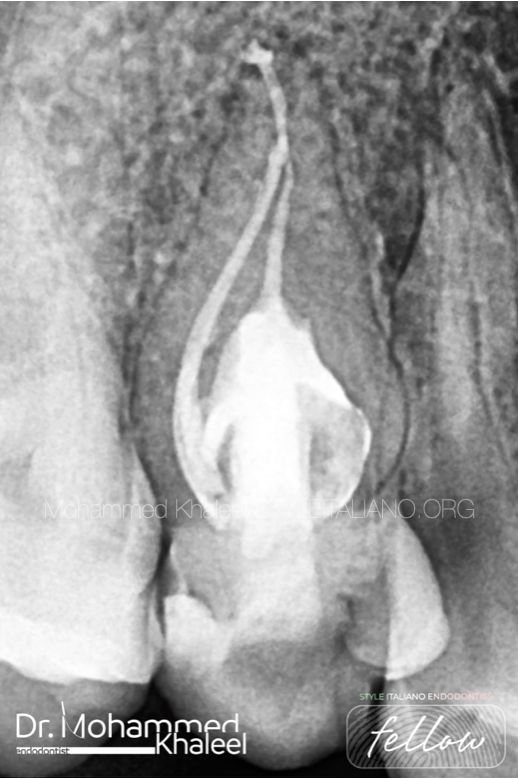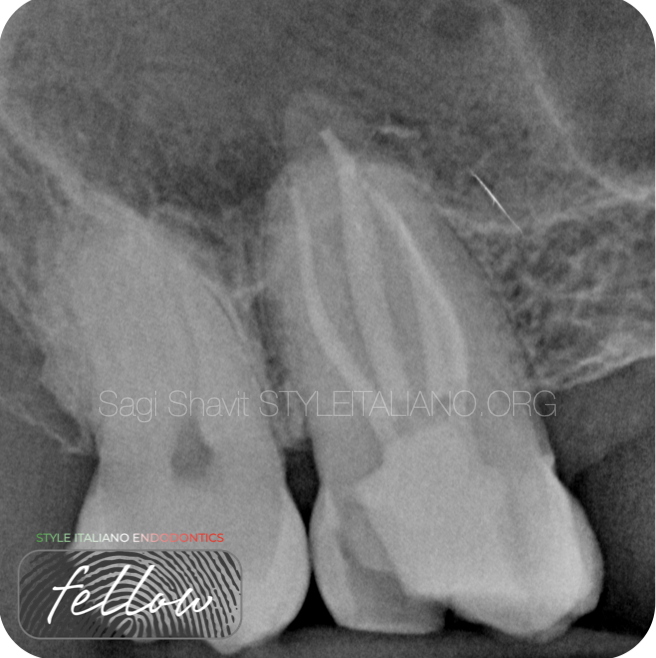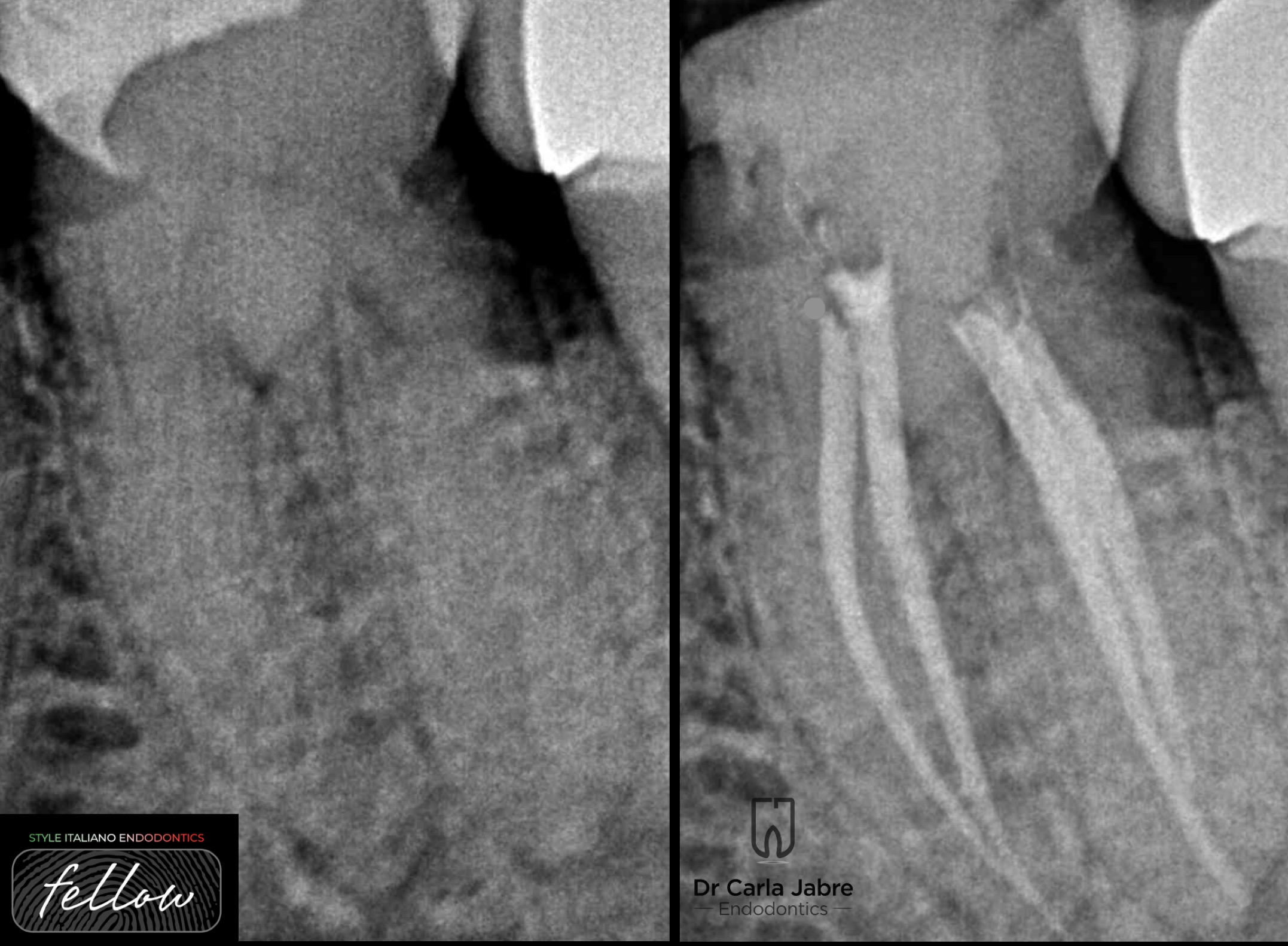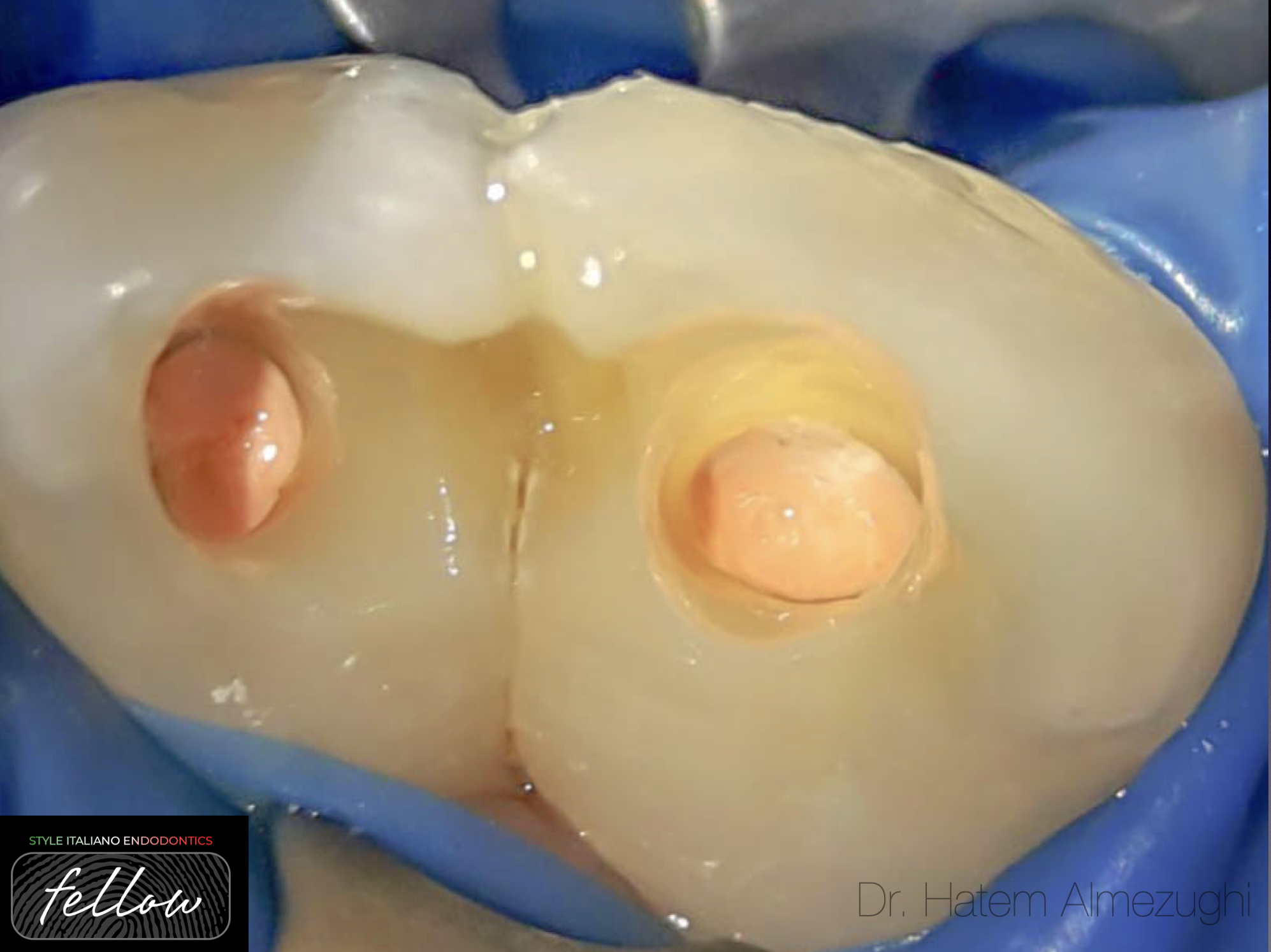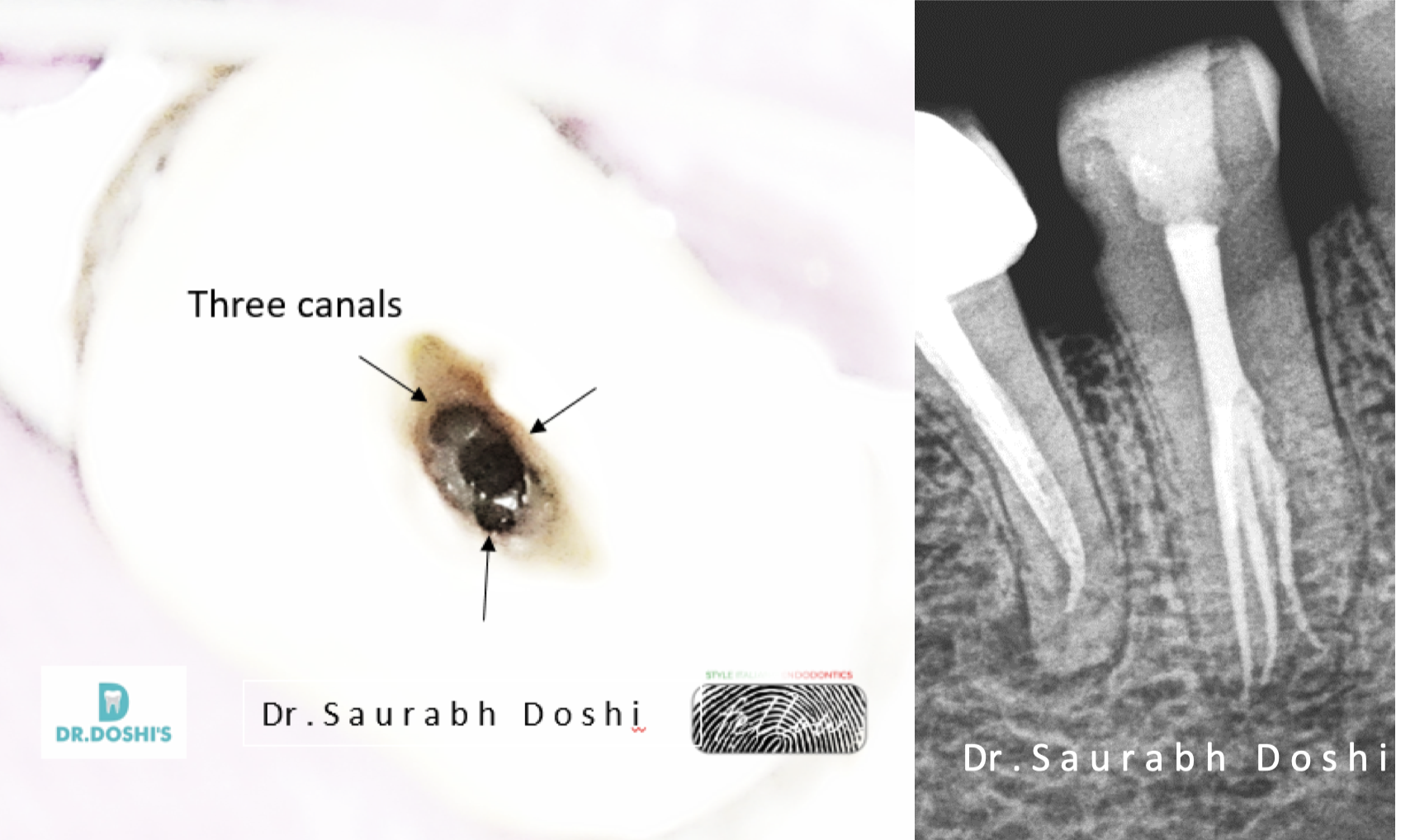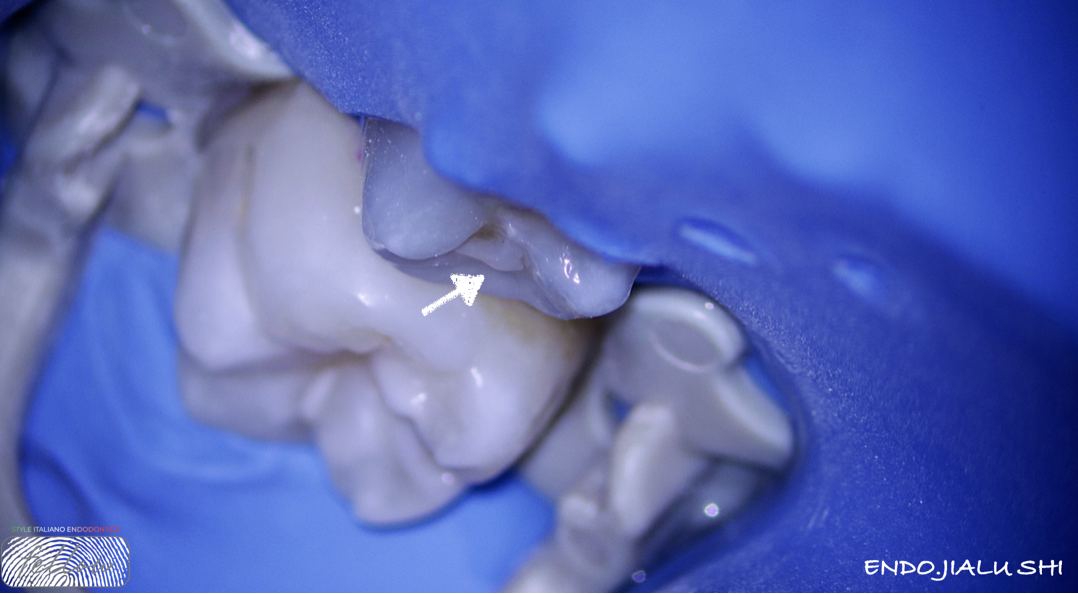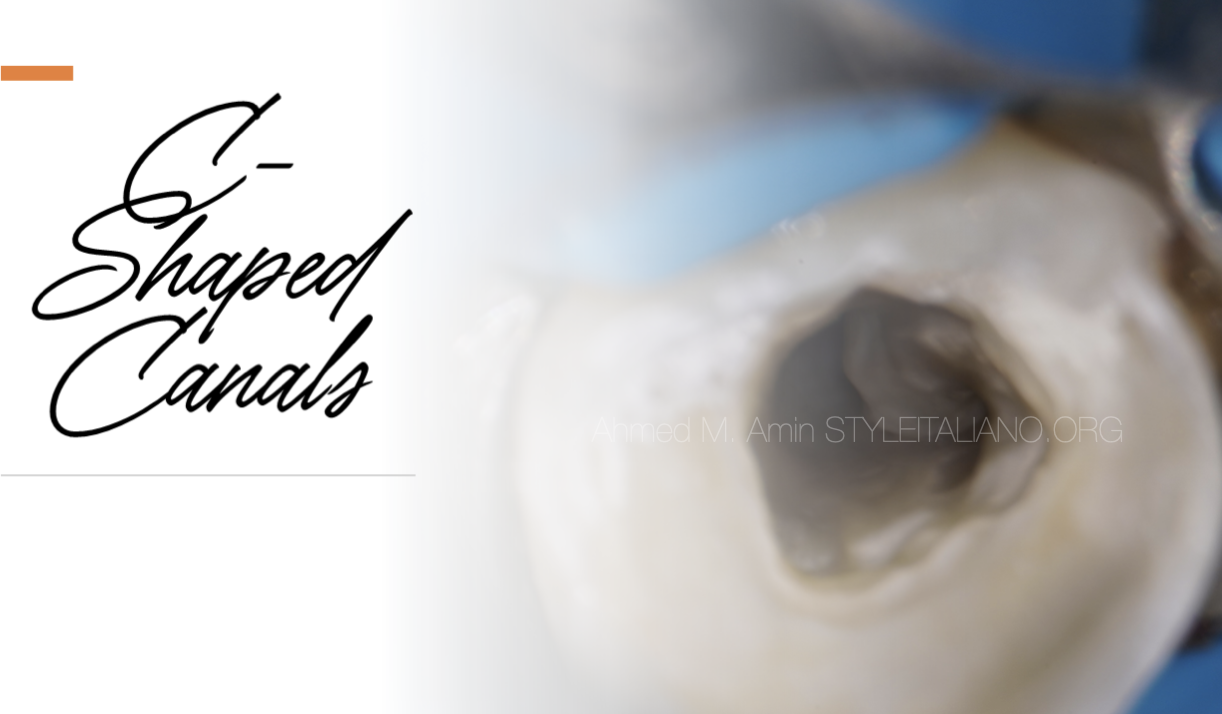A complex anatomy is considered a real nightmare to any clinician. Lack of attention to the complex anatomy by the clinician can lead to a series of unfortunate events during treatment, such as; Altered anatomy “ledges”, Perforations or Separated instruments.
Therefore; pretreatment evaluation of the case as well as a sound shaping strategy are essential to address the anatomy & avoid mishaps.

